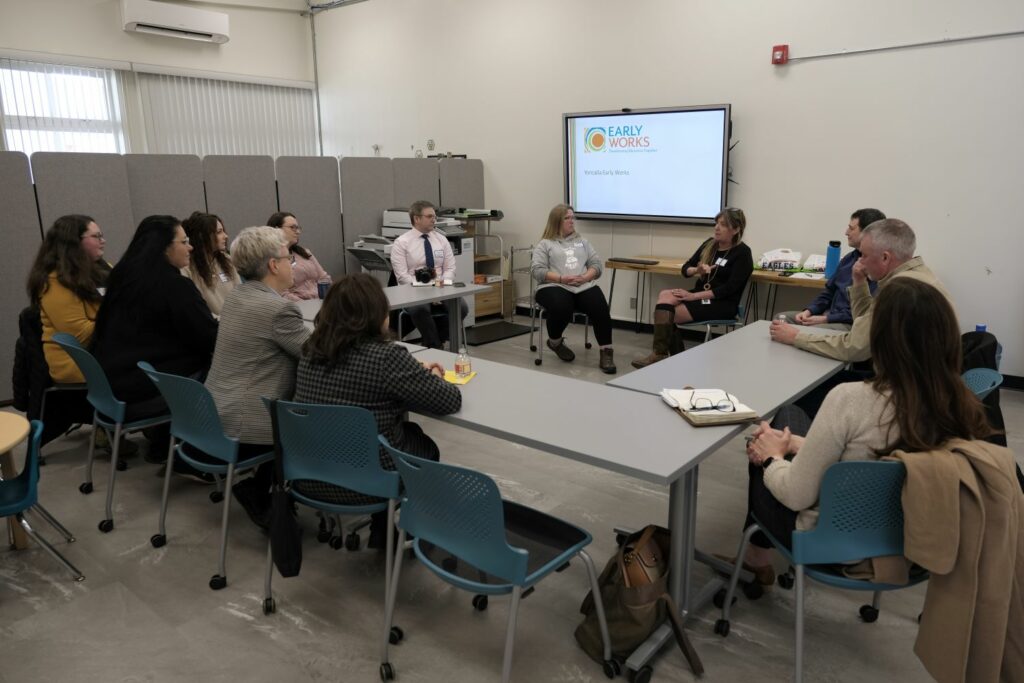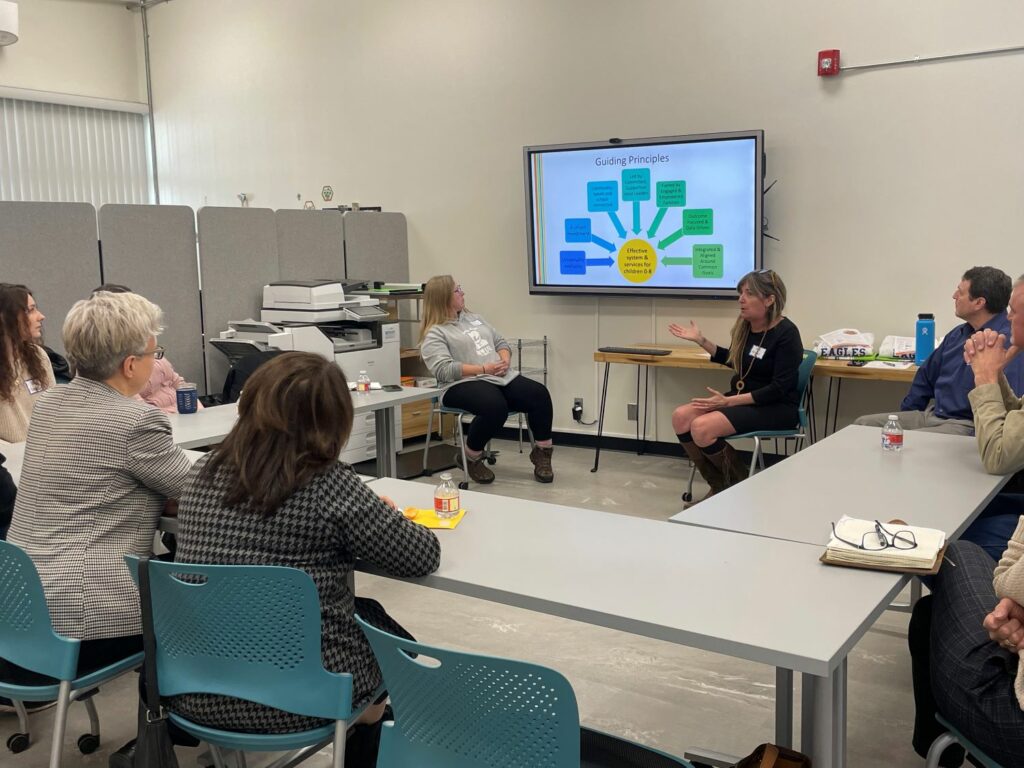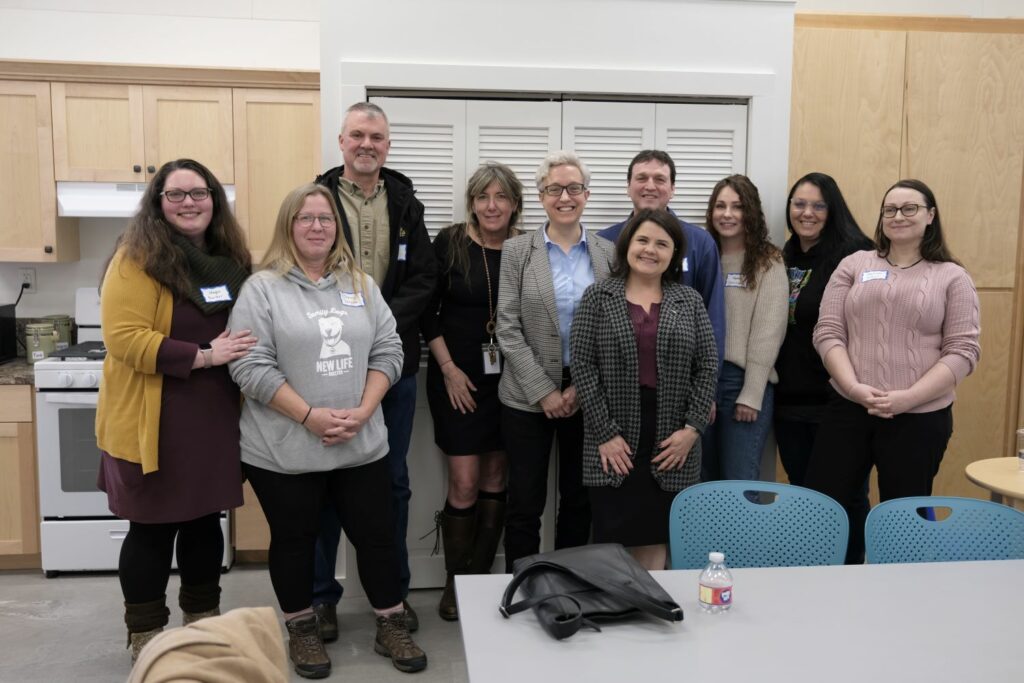
Indigenous Wisdom and Collaborative Care in Early Learning
Tutchone’s Story
Caught in a whirl of perpetual motion, a young boy named Tutchone lived in sensory overload.
His school environment collided with his often-overwhelming emotions, leading him to experience dysregulation, outbursts and classroom disruptions that left him curled up in a ball, exhausted and scared.
Despite the dedicated efforts of his school’s special education team and classroom teachers, Tutchone’s Individual Education Plan didn’t support his social-emotional and cognitive needs. In an educational system laced with historical and ongoing trauma for Native communities, the cultural dissonance between Western educational settings and Tutchone’s background created barriers to finding holistic support for him. Tutchone’s parents, crushed by uncertainty and disempowered by existing school structures, felt discouraged — but the story doesn’t end there.
Looking to support the parents however possible, the special education team asked if anyone else could join for the Individual Education Plan review. At his mother’s request, Tutchone’s auntie, grandmother, and community support team joined for the rescheduled review, expanding the context and care available to him and his parents. This expanded team expressed their goal of providing time and space to be inclusive of all voices, which provided a feeling of relief to both parents, his father in particular. Together, the group found ways to advocate for culturally aligned strategies to help with self-regulation, including the use of traditional drumming as an accessible self-calming strategy for Tutchone to use during school hours.
Within a month, Tutchone began to navigate his world with a greater sense of safety, control, and confidence. The incorporation of the drum as a self-regulation tool not only improved Tutchone’s well-being, but served as a powerful connection between his family, wider community, and the school. His story illustrates the power of strength-based, cultural, and multigenerational delivery in creating pathways for children to thrive.
Indigenous Innovation in Early Childhood
The incorporation of traditional practices into early childhood care does more than pay homage to history. For Indigenous communities across the country (and around the world), the knowledge and technology passed through countless generations often provide innovative approaches that have only recently been incorporated into Western early learning practices.
Cradleboards, a gift presented to infants in many Native American tribes, honor the child through artistry, prayers, and connection to Earth, and provide safety during the fragile early months of development. Through research from the First Nations Health Authority, the National Institute for Children’s Health Quality, and the National Institute of Child Health and Development, cradleboards have even been found to reduce or prevent Sudden Infant Death Syndrome (SIDs). Similarly, sleeping or resting in a traditional hammock strengthens vestibular development, connecting children with their sense of balance and place in space. These innovations and more like them provide key elements of early childhood development for Native children and inspiration across the early childhood spectrum.
Collaborative Circles of Care
As Tutchone’s story illustrates, healthy growth for children requires a variety of creative methods and more. Suzie Kuerschner suggests Collaborative Circles of Care as a system for the relational, intersectional, and culturally specific approach that nurtures children and promotes social-emotional development. Kuerschner is a revered child development specialist, early intervention and special education consultant, and early child education consultant with S.P.I.R.I.T.S., and a Children’s Institute community partner.

“The Collaborative Circle of Care’s primary principal rests on its strengths-based foundation informed by an inventory of the natural assets and resources of the individual within the context of their extended family, community, and culture,” explained Kuerschner.
Collaborative Circles of Care embrace a holistic approach to address societal challenges by recognizing the cyclical reinforcement of negative impacts stemming from systemic racial, health, disability, and socioeconomic injustices. Knowing that successful strategies depend on how closely behaviors can be observed and understood, these circles prioritize partnership with families and communities.
“It’s a system providing a model to integrate, complement and enhance an existing system that is framed by the culture and governance protocols, and procedures of the people,” she said.
By celebrating the vital role of these relationships in education and early childhood, Collaborative Circles of Care foster a collective commitment to holistic well-being and positive societal change.
“Love settles within the circle… embracing it and thereby lasting forever…
turning within itself.” -Luther Standing Bear

As We Look to the Future
We are deeply thankful for the opportunity to collaborate this month with Suzie Kuerschner on this story and a mini guide to Indigenizing Early Childhood. But far more so, we are honored and excited to continue working with Suzie and our Indigenous community partners as the next year unfolds and beyond. We know that learning and embracing Traditional Ways of Knowing is vital to the early childhood ecosystem and will lead to not only a more equitable future, but a more innovative, caring and thriving world. Together, may we continuously transform systems towards compassion, wisdom, gratitude, and honor for our children and the generations to come.
*S.P.I.R.I.T.S. = Strength-based Prevention, Intervention & Resilience Informing Teaching Strategies.
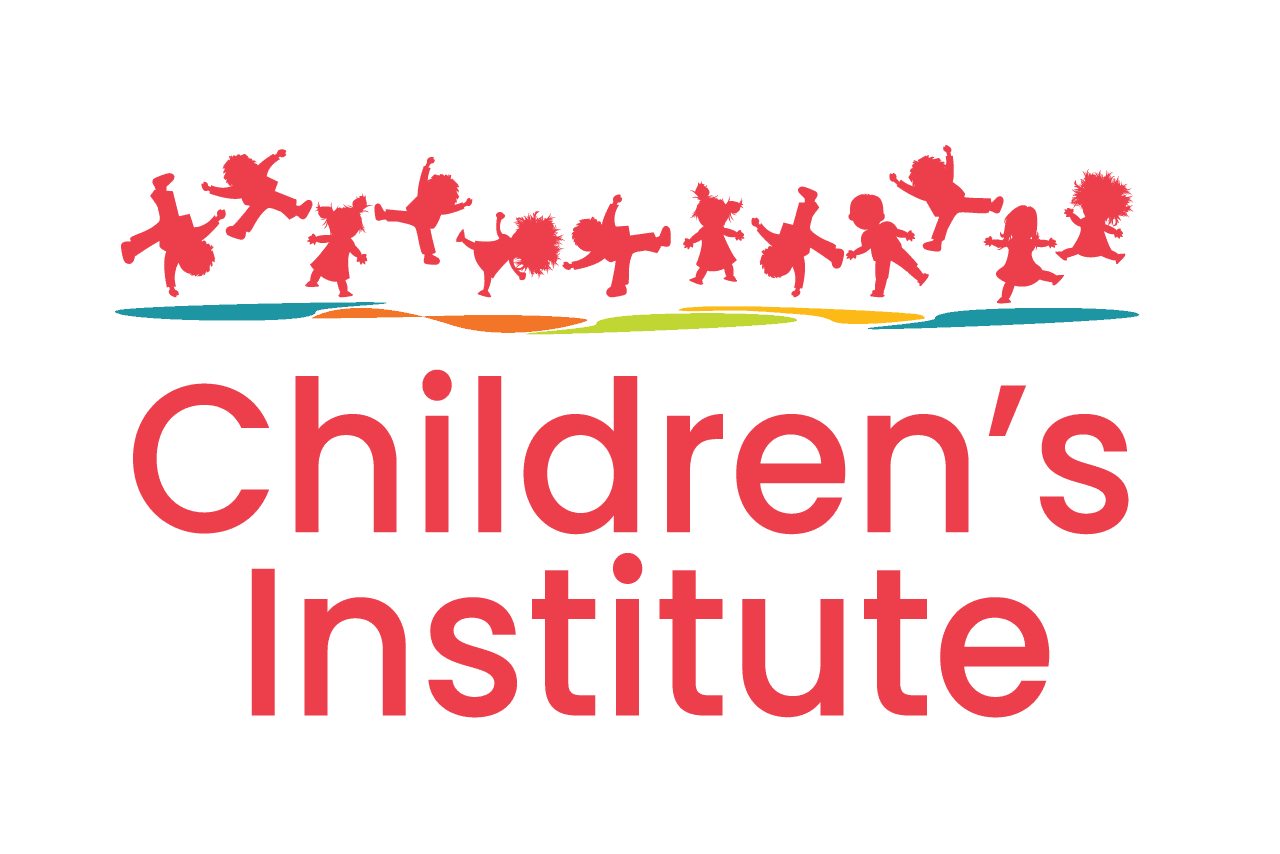

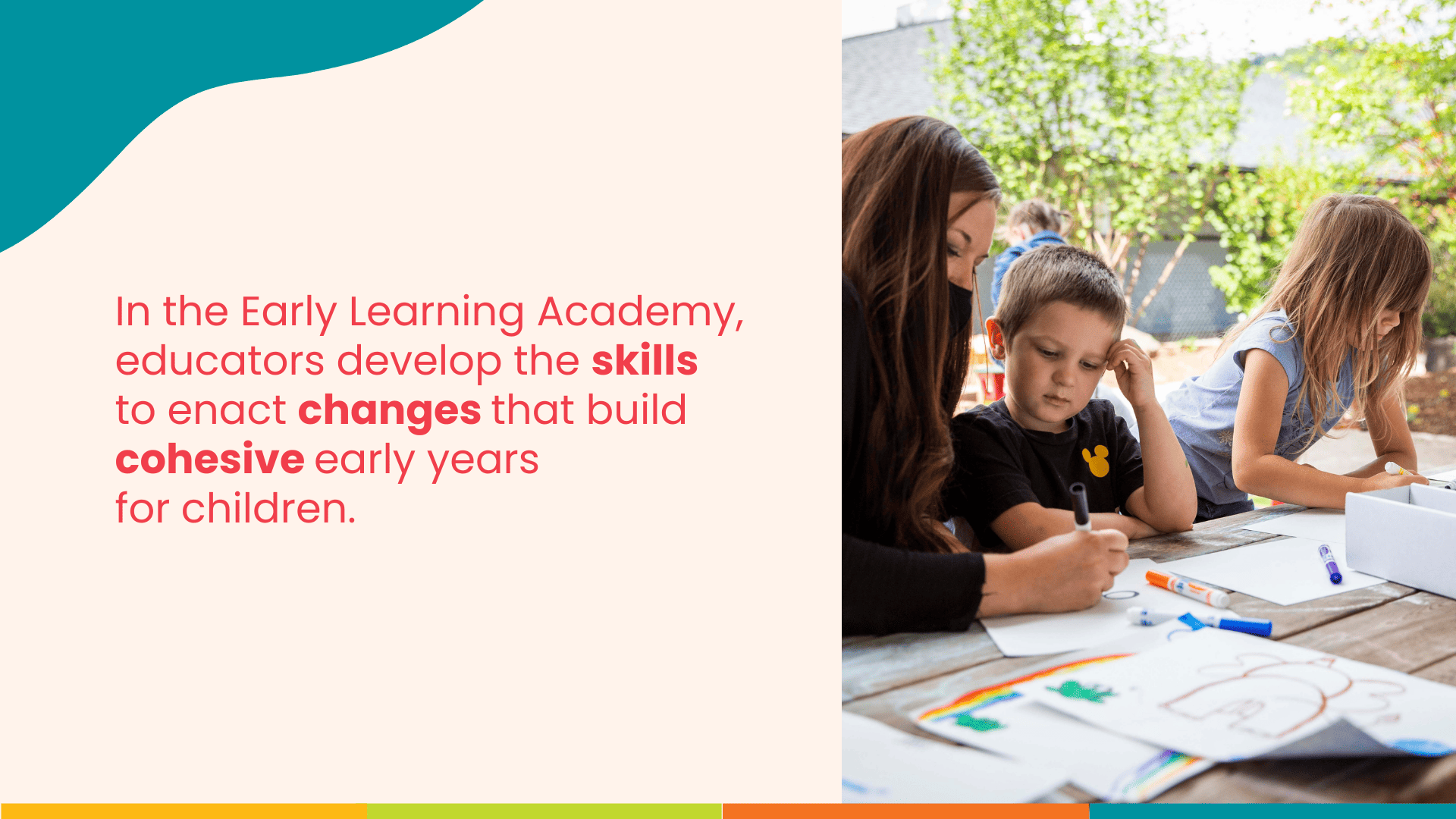
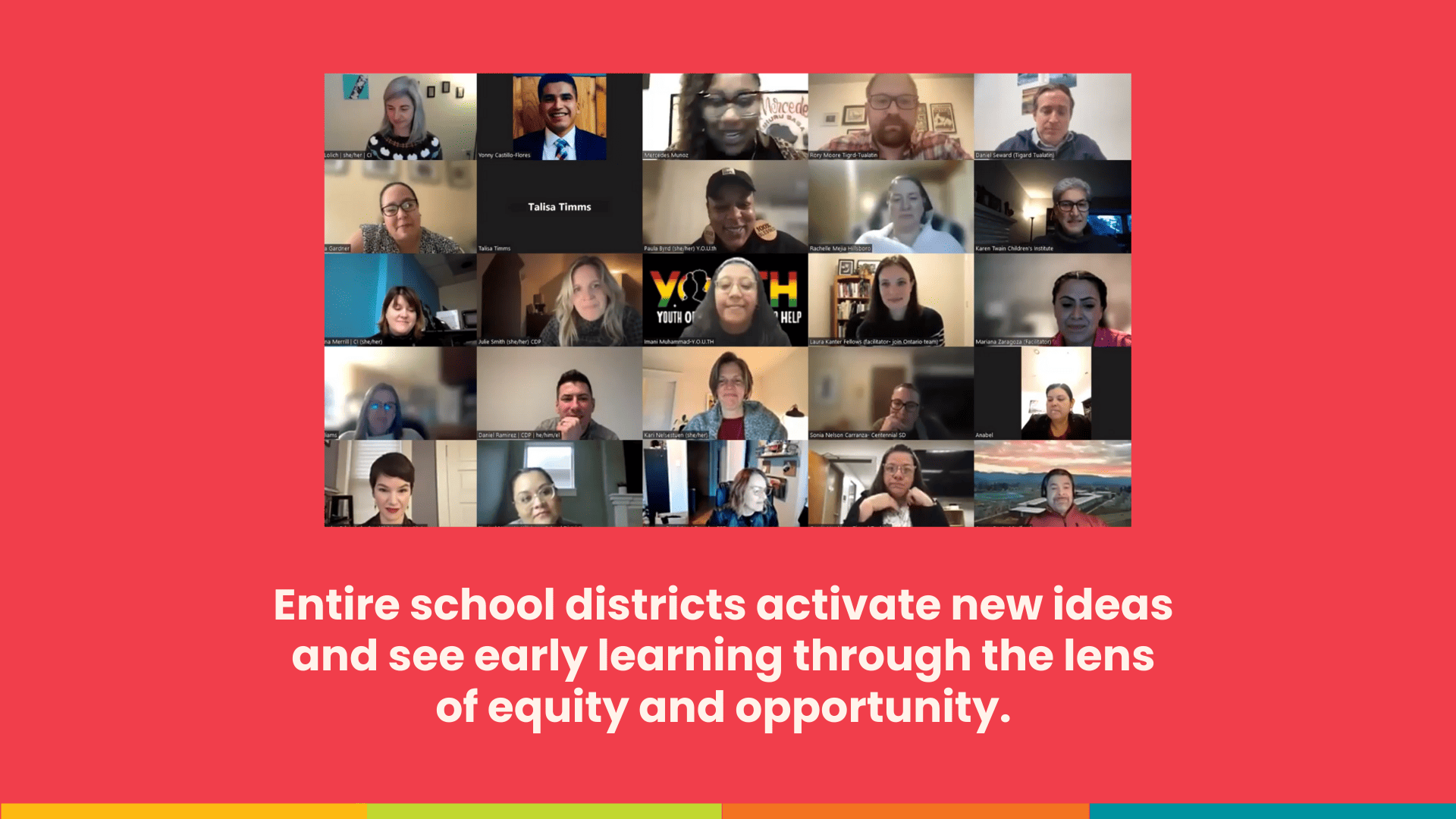
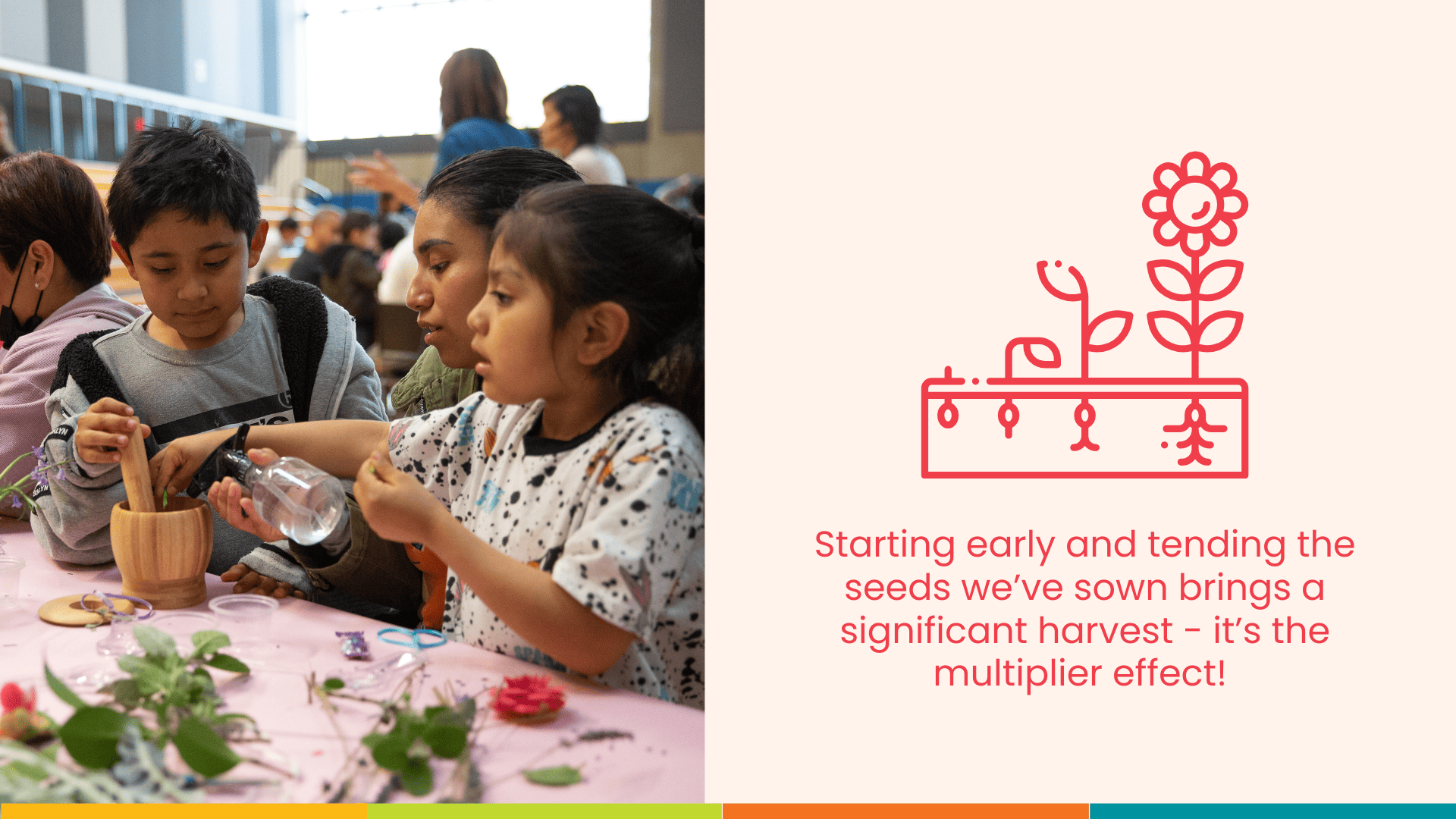
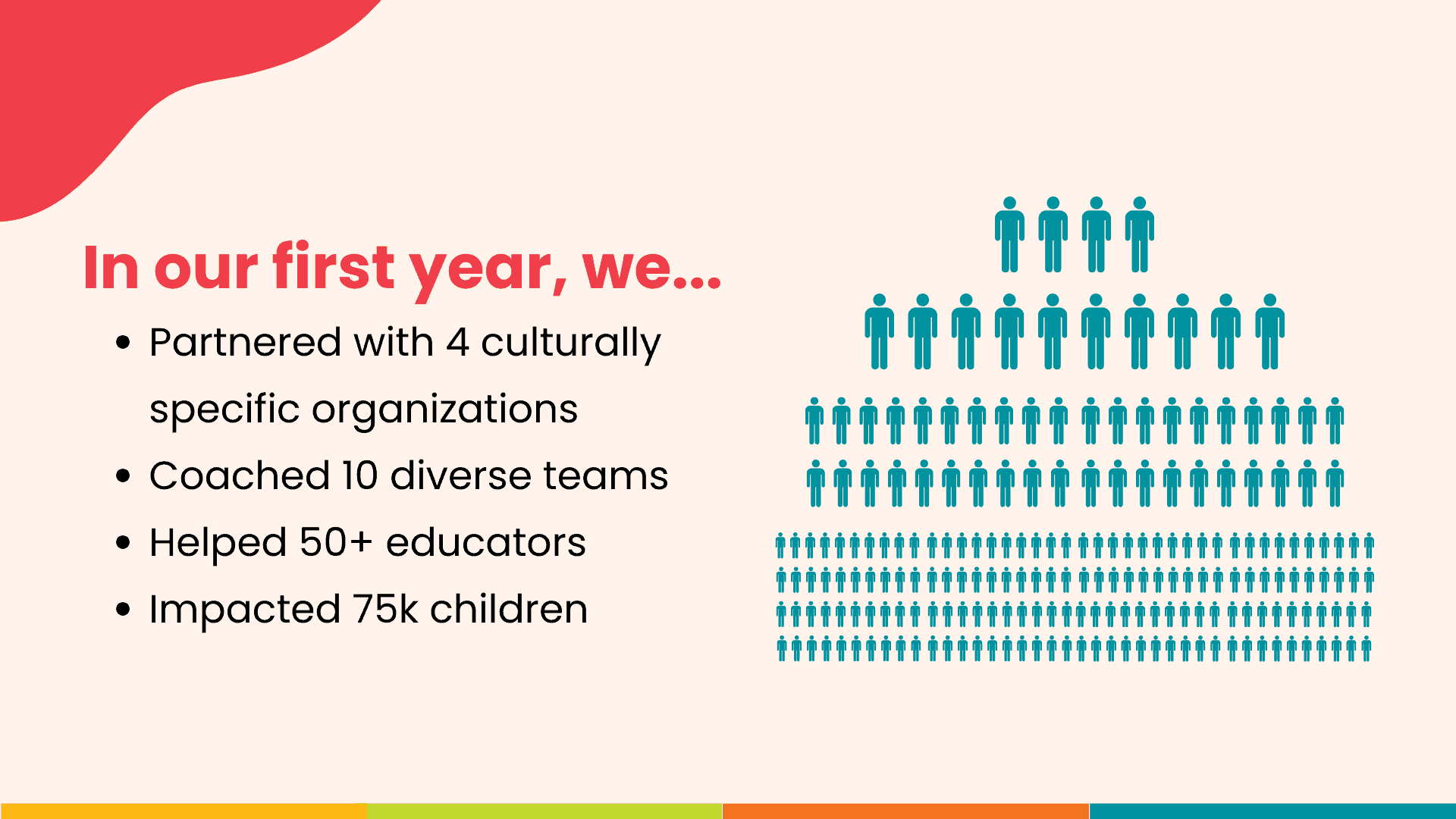
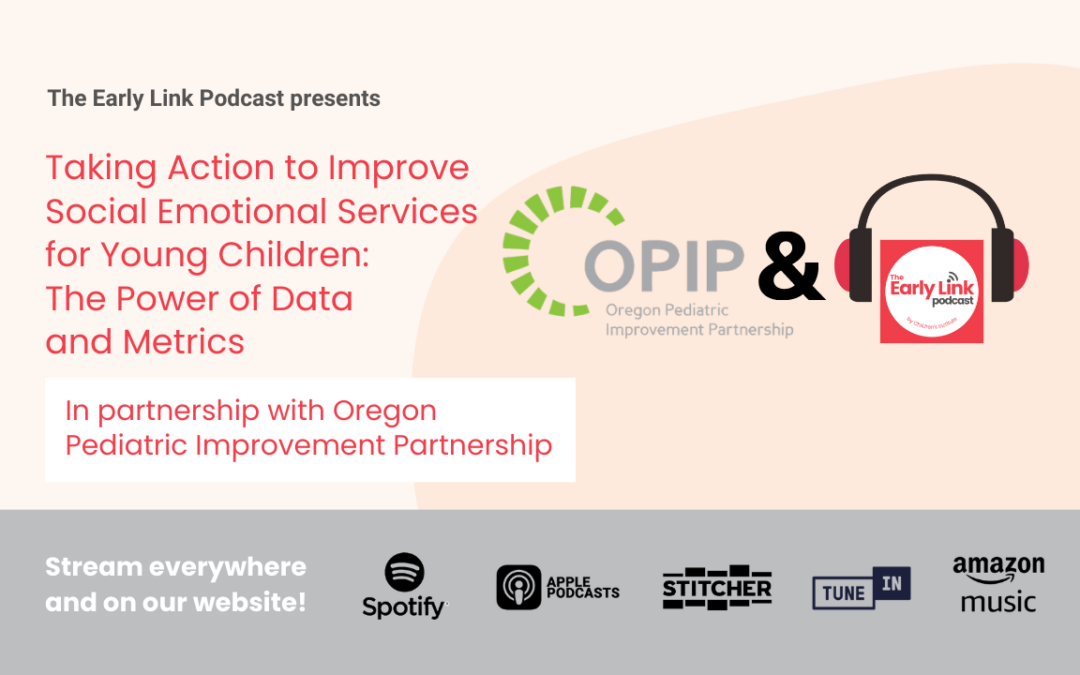

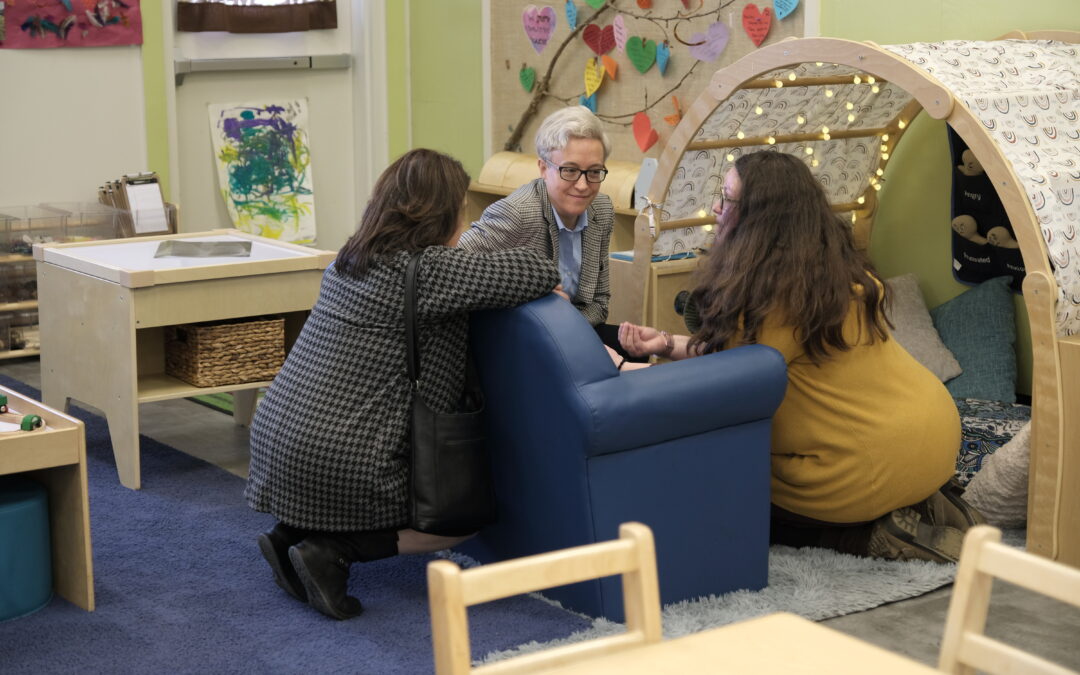
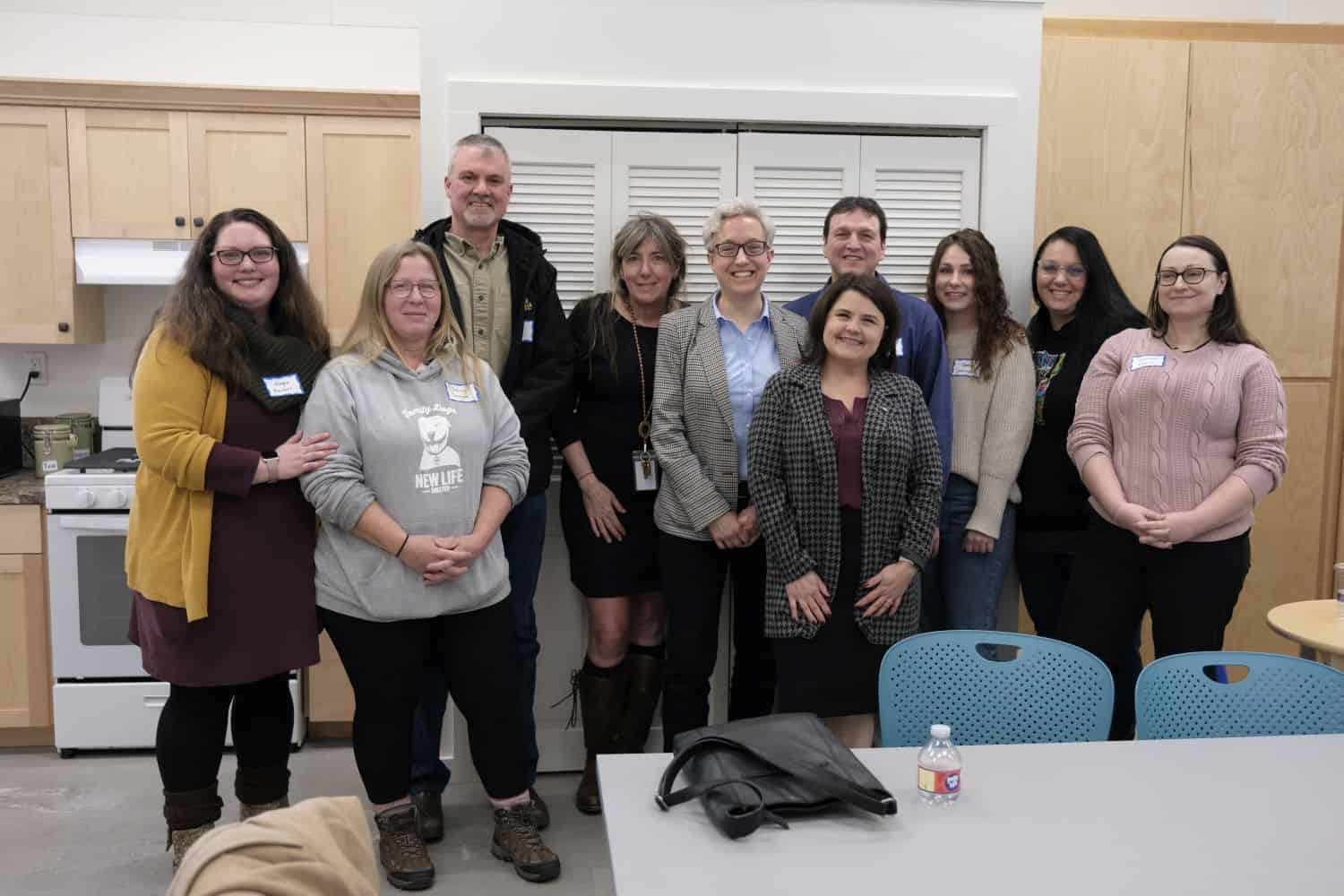 Governor Kotek warmly thanked Barber for sharing and told her, “Every community deserves this.”
Governor Kotek warmly thanked Barber for sharing and told her, “Every community deserves this.”
